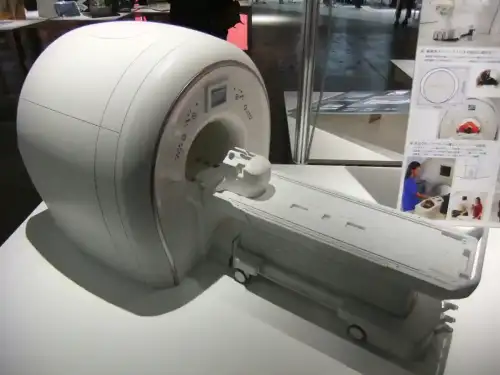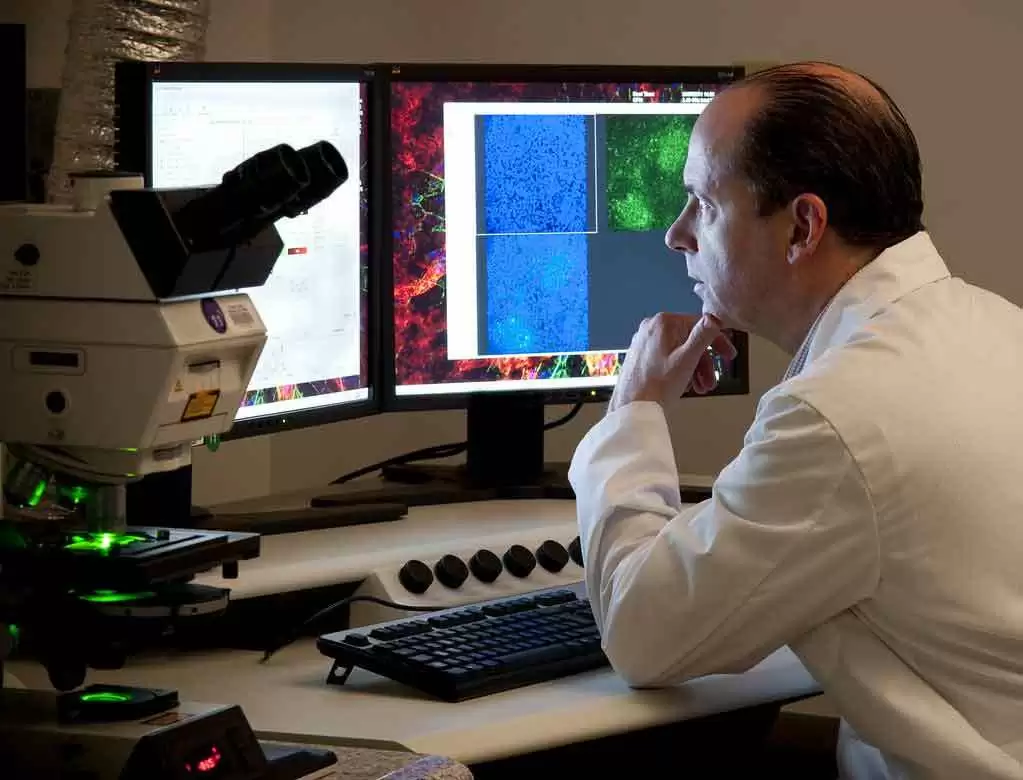
Celiac.com 04/11/2025 - Celiac disease is a chronic autoimmune condition that affects approximately 1 in 100 people worldwide. Triggered by gluten, a protein found in wheat, barley, and rye, the disease causes inflammation and damage to the small intestine, leading to symptoms like abdominal pain, bloating, and malnutrition. The only treatment currently available is a lifelong gluten-free diet. While this diet helps heal the gut and reduce symptoms, many patients continue to experience gastrointestinal issues. A groundbreaking study, known as the MARCO study, has used magnetic resonance imaging (MRI) to explore how a gluten-free diet impacts the gut physiology of individuals with celiac disease. This research could pave the way for new treatments and a deeper understanding of the condition.
The MARCO Study: A Closer Look
The MARCO study, led by researchers from the University of Nottingham and the Quadram Institute, aimed to investigate the physiological changes in the gut of people with celiac disease before and after adopting a gluten-free diet. The study involved 36 newly diagnosed celiac patients and 36 healthy volunteers. Participants underwent MRI scans, provided blood and stool samples, and were assessed for gut symptoms. After one year on a gluten-free diet, the celiac patients repeated the tests, while the healthy volunteers served as a control group without any dietary changes.
Celiac.com Sponsor (A12):
- Increased Gut Symptoms: Newly diagnosed celiac patients reported more gastrointestinal symptoms compared to healthy controls.
- Slower Food Transit: The movement of food through the small intestine was slower in celiac patients.
- Higher Bowel Fluid Levels: Patients had more fluid in their small bowel, indicating potential inflammation or malabsorption.
- Microbiome Imbalance: The gut microbiota of celiac patients showed higher levels of harmful bacteria, such as E. coli, and lower levels of beneficial bacteria, like Bifidobacteria.
After one year on a gluten-free diet, patients experienced improvements in gut symptoms, bowel fluid levels, and food transit time. However, these measures did not return to normal levels, suggesting that a gluten-free diet alone may not fully restore gut health. Additionally, the diet led to a reduction in some beneficial bacteria, likely due to the decreased intake of starch and wheat-based nutrients.
Why MRI Was Key to the Study
MRI played a crucial role in providing detailed images of the gut, allowing researchers to observe changes in bowel fluid, food transit, and overall gut function. Unlike other imaging techniques, MRI is non-invasive and does not use radiation, making it safe for repeated use. By combining MRI with gut microbiome analysis, the study offered a comprehensive view of how celiac disease affects the gut and how a gluten-free diet influences these changes.
Implications for People with Celiac Disease
The findings of the MARCO study have significant implications for individuals with celiac disease:
1. Understanding Persistent Symptoms
Many celiac patients continue to experience gastrointestinal symptoms even after adopting a gluten-free diet. The study’s results suggest that incomplete recovery of gut function and microbiome imbalances may contribute to these ongoing issues. This highlights the need for additional treatments beyond dietary changes.
2. The Role of the Gut Microbiome
The study found that a gluten-free diet can reduce levels of beneficial bacteria in the gut, potentially impacting overall gut health. This underscores the importance of exploring probiotics or dietary supplements to restore a healthy microbiome in celiac patients.
3. Potential for New Therapies
By identifying specific physiological changes in the gut, the study opens the door for developing targeted therapies. For example, treatments that improve food transit time or restore beneficial bacteria could complement a gluten-free diet and enhance quality of life for patients.
4. Personalized Treatment Approaches
The study’s use of MRI and microbiome analysis demonstrates the value of personalized medicine in celiac disease. Future research could focus on tailoring treatments based on individual gut physiology and microbiome profiles.
Future Directions
The MARCO study is a significant step forward in understanding celiac disease and the impact of a gluten-free diet. However, it also raises important questions for future research:
- How can we better restore gut function and microbiome balance in celiac patients?
- Are there specific dietary components or probiotics that could enhance the benefits of a gluten-free diet?
- Can MRI and microbiome analysis be used to monitor treatment progress and predict outcomes?
These questions highlight the need for continued research to improve the lives of people with celiac disease.
Conclusion
The MARCO study has provided valuable insights into how celiac disease affects the gut and how a gluten-free diet influences these changes. While the diet helps alleviate symptoms and improve gut function, it may not fully restore normal physiology or microbiome balance. This research underscores the importance of exploring additional treatments and personalized approaches to better manage celiac disease.
For individuals with celiac disease, the study offers hope for a deeper understanding of their condition and the potential for more effective therapies in the future. By combining advanced imaging techniques like MRI with microbiome analysis, researchers are paving the way for innovative solutions that could transform the management of celiac disease and improve quality of life for patients worldwide.
Read more at: nottingham.ac.uk
















Recommended Comments
There are no comments to display.
Create an account or sign in to comment
You need to be a member in order to leave a comment
Create an account
Sign up for a new account in our community. It's easy!
Register a new accountSign in
Already have an account? Sign in here.
Sign In Now